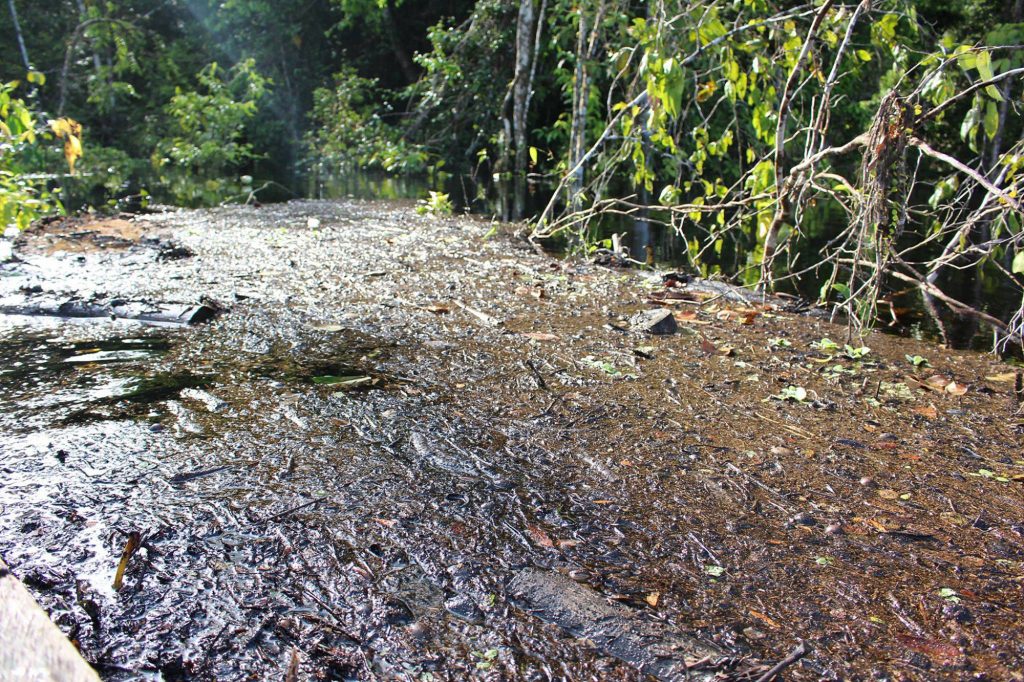Today we dive deep into the history of the Museo Aero Solar (MAS), reliving one of the most amazing MAS ever built, due to its unique and remote location in the Peruvian jungle, the harsh environmental conditions that surrounded its birth and, above all, the resilience of the community that participated in its construction. Allow us to bring the story of the Museo Aero Solar Cuarachi back to life.
In June 2014, a state oil pipeline burst in the department of Loreto, Peru, contaminating the waters of the Marañón River, on which the locals had built their livelihoods for centuries. The lack of media coverage of this ecological catastrophe left the native communities with little hope of receiving help from the government.
Artists Helga Elsner Torres and Ramiro Wong decided to take action and reached out to the well-established and active Museo Aero Solar community in Peru.


Helga and Ramiro, who knew the technique of building the tetrahedron-shaped sculpture, together with a small group of artists and activists travelled to the remote village of Cuninico. With the aim of documenting the impact of the oil spill in collaboration with the Cocama community, which was mostly affected, they took on the challenge of collectively building a Museo Aero Solar.

Helga, in dialogue with Aerocene Community, recalls the experience:
“We travelled with a good friend, Ramiro Wong, from Lima to Iquitos, and from there by boat 2 hours to Nauta. From Nauta we sailed for 12 hours in a small boat, until we finally arrived in Cuninico. There, a family welcomed us in their house and gave us food for the days we stayed working on the project. In a community that lives on natural resources like this one, after the oil spill, it was very difficult to find uncontaminated fish to eat. However, what little they could get, they shared with us. The whole village was willing to help us, they even built us a raft for the Aero Solar Museum! Cuninico, in spite of all the misfortunes it has gone through, is the place with the most beautiful landscape, close to the Pacaya Samiria National Reserve and with the most generous population I have ever met. Although due to the weather conditions, we were not able to meet the objective of documenting the disaster in the time foreseen, we decided that it would be optimal to donate these sculptures to the community. In this way, they would have another tool to document and denounce the oil spill. We would also continue to raise awareness about this news in other places.
That is why Ramiro, Frances Munar Aparicio and I exhibited the experience of the Aero Solar Museum in Cuninico at the 21er Haus Museum in Vienna, Austria, together with the artist Tomás Saraceno. The people who attended the exhibition and the conference were astonished: “How is it possible that, with the utmost impunity, these disasters continue to happen? Who manages to make a solar sculpture in the middle of the Amazon?
In the process of putting together an Aero Solar Museum, the remote Cocama community of Cuninico came together sharing with us the miseries of environmental pollution, but also the joy of building together an immense sculpture made of reused plastic bags on which they wrote their stories documenting the dangerous impacts the dumping had had on the surrounding ecosystem, and on their own lives.
All photographs are by Helga Elsner, whom we thank for contributing to the Aero Solar Museum story!
